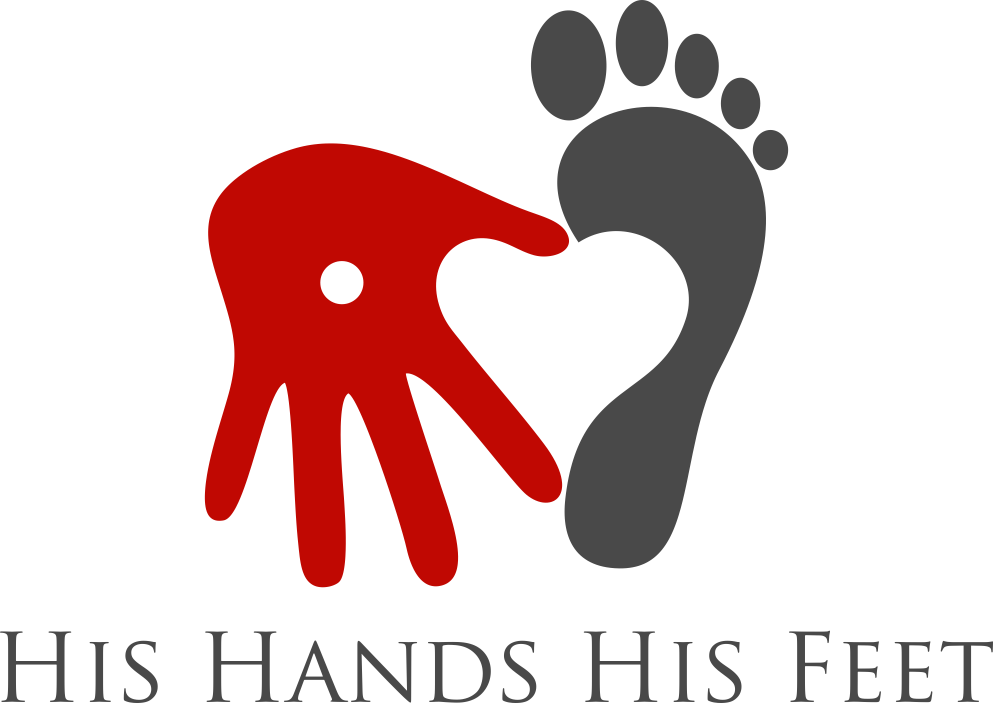Who was St. Patrick?
Our son, Jordan Patrick, was born on March 17th. He was named him after St. Patrick, one of the greatest missionaries in all of history. Sadly, most people do not know the true story of St. Patrick. I have posted an article below written by our close friend, Dave Hess. May we all be challenged by St. Patrick's profound legacy.
WHO WAS ST. PATRICK?
Written by Dave Hess
Most people are unaware of the incredible life and legacy of Saint Patrick. The following summary is taken from two books about Patrick’s life and ministry – one is a biography entitled “Let Me Die in Ireland”, by David Bercot (Scroll Publishing) and the other, “The Celtic Way of Evangelism – How Christianity Can Reach the West Again” (George G. Hunter III, Abingdon Press, 2000). Many Christians today “claim” Patrick as their own – most are surprised that he doesn’t really fit any modern labels that we might try to put on him or the movement he birthed.
Patrick was NOT a Roman Catholic, but rather a British Roman citizen born in the late 4th century (AD386) on the West Coast of Britain. He was a part of the independent British or Celtic Church which did not come under Roman control until the 6-8th centuries. His father was an ordained Deacon and his grandfather had been an ordained Presbyter, but Patrick as a young man didn’t show a tremendous amount of interest in the things of the Lord.
God had a radical way of getting this boy’s attention. As a 16 year old, he was captured by Irish raiders who took him back to Ireland where he was a slave for six years. It was during this “captivity” that Patrick really came into a relationship with the Lord. His role was to shepherd flocks and he became a man of prayer. In his own words,
“After I had arrived in Ireland, I found myself pasturing flocks daily, and I prayed a number of times each day. More and more the love and fear of God came to me, and faith grew and my spirit was exercised, until I was praying up to a hundred times every day and in the night nearly as often”.
He learned the Gaelic language (the language of the Irish people) fluently and developed a heart for the very people that enslaved him. After 6 years, God miraculously enabled him to escape.
The Lord spoke to him in a dream - “You are going home. Look! Your ship is ready”. The following morning the Lord led him to the coast where he found a ship and sailed away from Ireland. Upon being reunited with his family in Britain, he never intended to set foot in Ireland again.
God spoke to Patrick in a dream to return to Ireland to bring the Pagan Irish the Gospel. In the dream an Angel gave him letters from his former captors asking him to return and he then heard the Irish calling out to him, “Please, holy servant boy, come and walk among us again”. It was God who called Patrick to take the Gospel to the Irish, not the Pope of Rome as some have mistakenly taught. He was ultimately sent out by the independent British/Celtic Church as a pioneer missionary to the Ireland. Interestingly, the Bishop of Rome had sent a missionary to Ireland about the same time, who lasted about one year before returning.
At the time Patrick was sent to Ireland, in 432AD, he was a Bishop of over 40 years of age. He took with him several younger ordained presbyters, who he had taught Gaelic in Britain. In the face of great danger, and unbelievable hardship, this band of missionaries began to bring the Gospel to the pagan Druid Irish and God powerfully blessed their work. In 28 years of ministry which history records was full of Biblical signs and wonders, 30 to 40 of Ireland’s 150 tribes were Christian, between 200 to 700 churches had been planted and over 1000 local Irish leaders had been ordained. Truly their ministry was both the WORD (preaching) & the SPIRIT (signs, wonders and miracles).
The Irish Church became a major missionary Church (arguably the greatest in Church History) in the following few centuries, taking the Gospel to other pagan peoples in Scotland and even Northern Europe.
Patrick was a man of prayer and fasting. He was a man who lived like Christ – he never married, he forfeit his worldly inheritance (he was from a wealthy British family) and suffered great hardship for the sake of the Gospel.
Patrick’s vision to reach the Pagan Irish was resisted by his own British Church – it was considered too dangerous, an impossible task and it would be an understatement to say that the “civilized” (Romanized) British Christians weren’t racist towards the “barbaric” Pagan Irish. When the Church today considers the task of evangelizing the Muslim World or other places full of hostility and conflict, let us remember the fearless commitment of these 5th century Apostolic teams who literally won an entire nation who the Church in their day didn’t love and considered unreachable.
On a day when people are caught up in all sorts of twisted St. Patrick’s Day celebrations, may we be reminded of the real man behind the ‘myth’. May it open doors with others who most likely don’t know anything beyond leprechauns, 4-leafed clovers and pinching people who aren’t wearing green.

